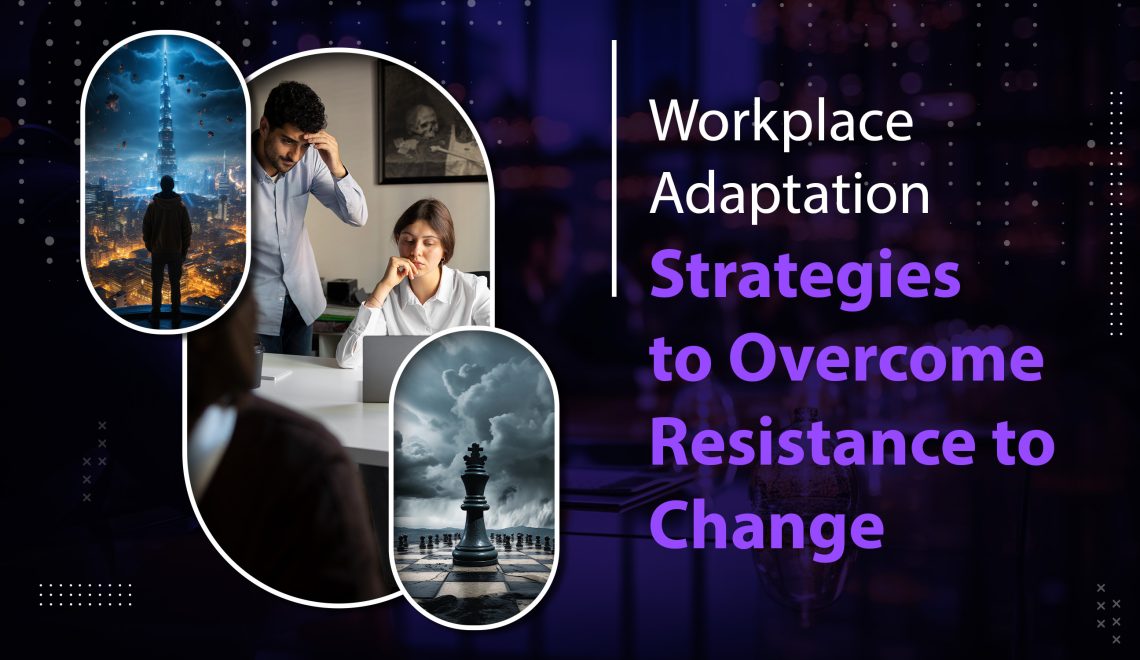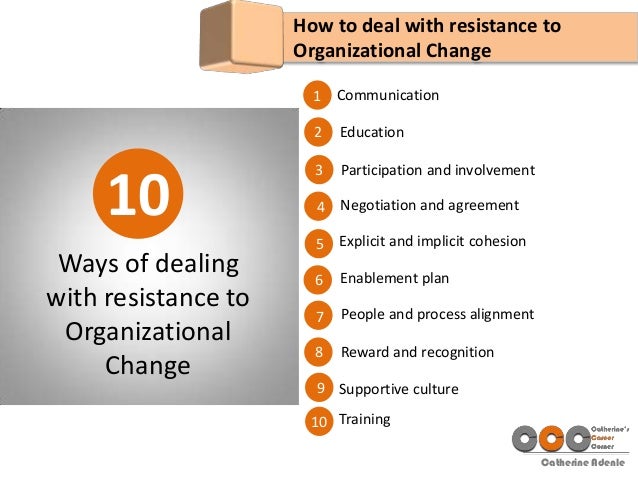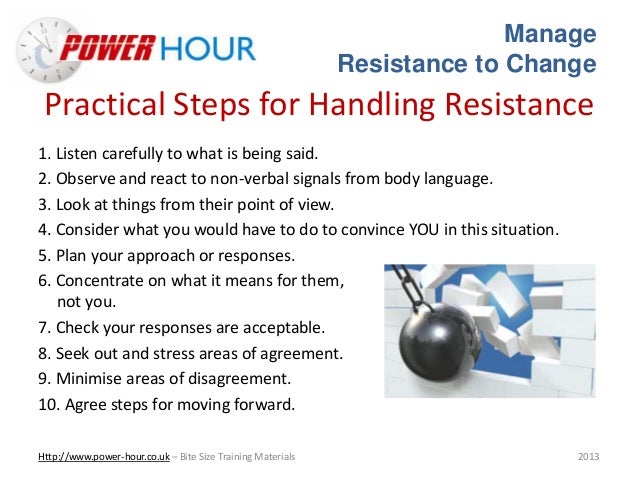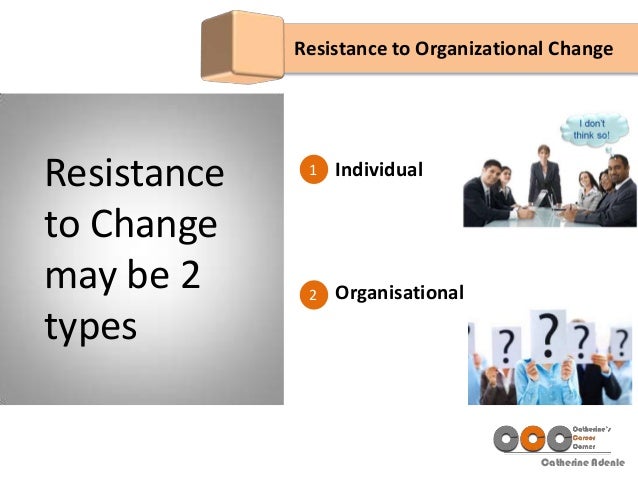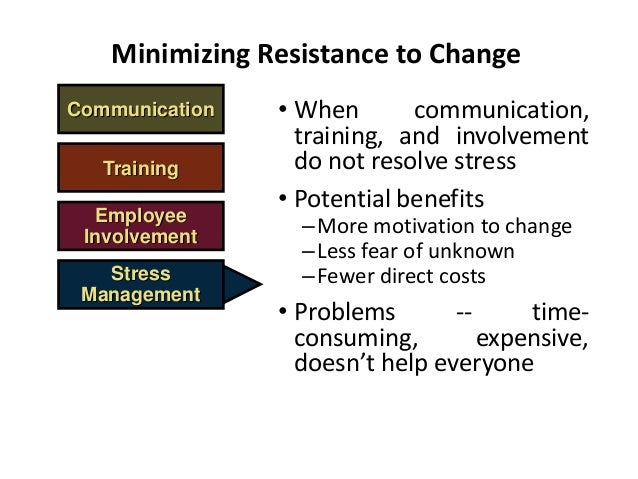How To Deal With Resistance To Change In The Workplace

Resistance to change is a common hurdle in any organization, often stemming from fear of the unknown, uncertainty about job security, or simply a preference for the status quo. Overcoming this resistance is crucial for successful implementation of new strategies, technologies, or processes. Experts emphasize proactive communication, employee involvement, and tailored support as key strategies for navigating these challenges.
The ability to effectively manage resistance to change directly impacts an organization's agility, innovation, and overall performance. Ignoring or mishandling resistance can lead to decreased productivity, increased employee turnover, and ultimately, failure to achieve desired outcomes. This article explores practical approaches for identifying, understanding, and mitigating resistance to change in the workplace.
Understanding the Roots of Resistance
Resistance isn't always about stubbornness or negativity. It's often rooted in legitimate concerns. According to a 2023 study by Gartner, the most common reason for resistance to change is a lack of clear communication about the rationale behind it.
Employees need to understand why the change is necessary and how it will benefit them, the team, and the organization as a whole. Other factors contributing to resistance include fear of losing control, lack of trust in leadership, and a perceived threat to one's skills or expertise.
Identifying Resistance
Resistance can manifest in various ways, some more obvious than others. Open opposition, such as vocal criticism or refusal to cooperate, is easily recognized. However, subtle signs like increased absenteeism, decreased productivity, and passive-aggressive behavior can also indicate underlying resistance.
Managers need to be attentive to these signals and proactively address them. Regular feedback sessions and anonymous surveys can provide valuable insights into employee sentiment.
Strategies for Mitigation
Successfully managing resistance requires a multi-faceted approach. The first step is clear and consistent communication. Keep employees informed about the change process, its goals, and its potential impact.
Transparency builds trust and reduces anxiety. Involve employees in the planning and implementation phases. Soliciting their input not only provides valuable perspectives but also fosters a sense of ownership and commitment.
Communication is Key
Communication should be two-way, allowing employees to voice their concerns and ask questions. Address their anxieties directly and honestly. Acknowledge their feelings and validate their concerns.
Don't dismiss resistance as simply being negative; instead, view it as an opportunity to understand and address underlying issues. Use various communication channels, such as town hall meetings, email updates, and one-on-one conversations, to ensure everyone receives the information they need.
Providing Support and Training
Many employees resist change because they lack the skills or knowledge to adapt. Providing adequate training and support is crucial. This can include workshops, online tutorials, mentoring programs, and access to resources.
Consider offering individualized coaching or support to employees who are struggling to adapt. Celebrate early successes to build momentum and reinforce the benefits of the change. A statement released by SHRM (Society for Human Resource Management) highlighted the importance of ongoing support during times of transition.
Leadership's Role
Leadership plays a critical role in managing resistance to change. Leaders must be visible, supportive, and actively engaged in the change process. They need to model the desired behavior and demonstrate a commitment to the new way of doing things.
According to John Kotter's famous 8-step change management model, creating a sense of urgency is paramount for driving change effectively. Leaders must clearly articulate the need for change and the potential consequences of inaction.
"Change is inevitable. Growth is optional." - John Maxwell
Conclusion
Navigating resistance to change is an ongoing process that requires patience, empathy, and a commitment to open communication. By understanding the root causes of resistance and implementing proactive strategies, organizations can minimize disruption and maximize the success of their change initiatives. Investing in employee support and fostering a culture of continuous learning are essential for building a resilient and adaptable workforce.
